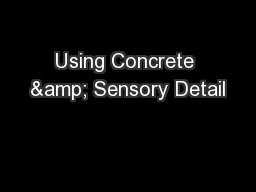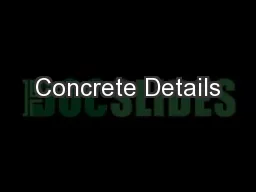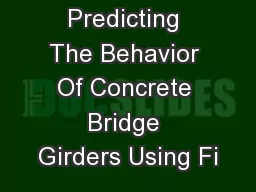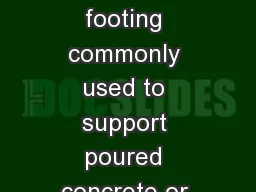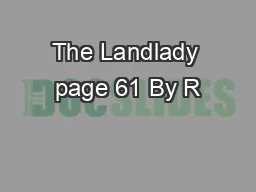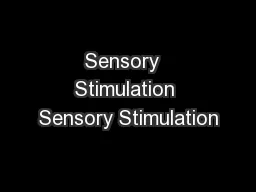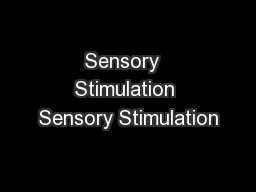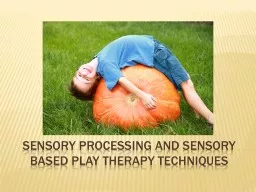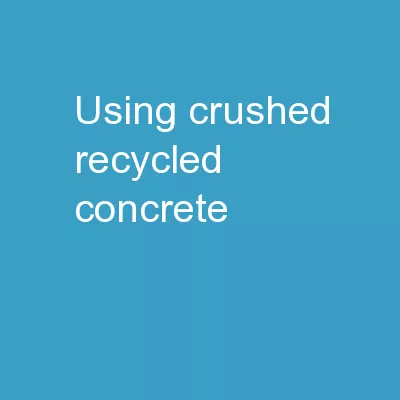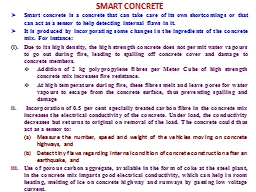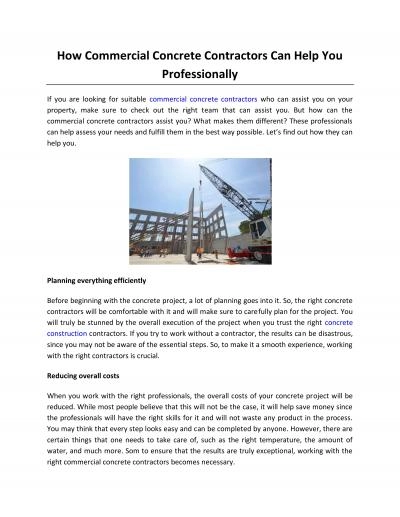PPT-Using Concrete & Sensory Detail
Author : celsa-spraggs | Published Date : 2016-02-22
Minilesson There are different kinds of details Concrete details refer to anything you can see or touch car wind fan and the more specific a concrete detail is
Presentation Embed Code
Download Presentation
Download Presentation The PPT/PDF document "Using Concrete & Sensory Detail" is the property of its rightful owner. Permission is granted to download and print the materials on this website for personal, non-commercial use only, and to display it on your personal computer provided you do not modify the materials and that you retain all copyright notices contained in the materials. By downloading content from our website, you accept the terms of this agreement.
Using Concrete & Sensory Detail: Transcript
Download Rules Of Document
"Using Concrete & Sensory Detail"The content belongs to its owner. You may download and print it for personal use, without modification, and keep all copyright notices. By downloading, you agree to these terms.
Related Documents

